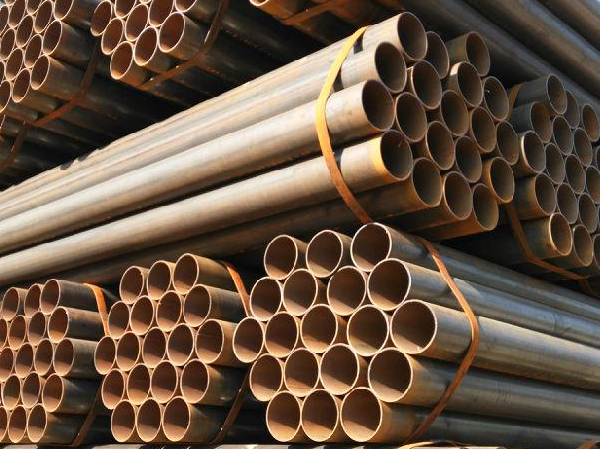
During the anti-corrosion construction process of oil and gas pipelines, the surface treatment of ERW straight seam steel pipes is one of the key factors that determine the anti-corrosion service life of the pipeline. It is the prerequisite for whether the anti-corrosion layer and the ERW steel pipe can be firmly combined. According to research by professional institutions, in addition to factors such as coating type, coating quality and construction environment, the life of the anti-corrosion layer depends on factors such as the surface treatment of ERW steel pipes, which accounts for about 50% of the impact on the life of the anti-corrosion layer. Therefore, the anti-corrosion layer should be strictly followed Standardize the requirements for the surface of ERW steel pipes and continuously improve the surface treatment methods of ERW straight seam steel pipes.
Below, the carbon steel pipe manufacturer will introduce to you several common rust removal methods for ERW pipes:
Solvents and emulsions are used to clean the steel surface to remove oil, grease, dust, lubricants and similar organic matter. However, it cannot remove rust, oxide scale, welding flux, etc. on the steel surface, so it is only used as an auxiliary means in defense operations.

3. Tool rust removal
During the production process, technical indicators related to rust removal must be strictly required to prevent damage to ERW straight-seam steel pipes due to operational errors. After ERW steel pipes are de-embroidered, the appearance of the product will be smoother than before de-embroidery. The de-embroidery of ERW pipes It is a frequently used technology in the steel pipe industry.
Tips: Carbon steel welded pipes can be divided into three types: straight seam submerged arc welded steel pipes, spiral welded steel pipes, and high-frequency straight seam welded steel pipes (Electric Resistance Welded Steel Pipe) according to the forming method of the weld seam.
Related information
